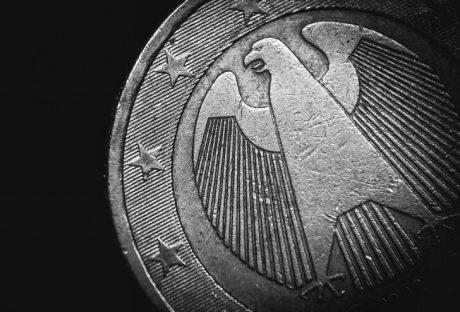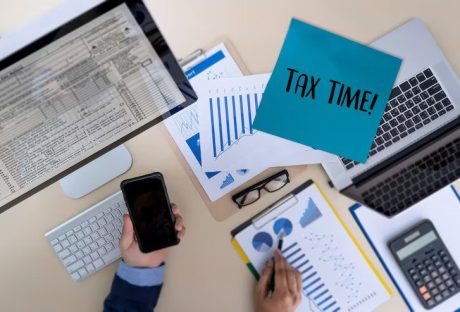Market fluctuations, similar to complex financial maneuvers like ‘shorting a stock,’ profoundly impact various industries, including global travel. These financial market movements often result in noticeable shifts in travel trends worldwide. This article will explore how market fluctuations can influence global travel, breaking down the topic into detailed sections for better understanding. But before that, you need to understand how stock shortening and your travel plans are related.
Stock Shortening And Travel Plans

Stock shorting, or short selling, is a financial strategy where investors bet on the decline of a stock’s price. The connection between stock shorting and your travel plans may not be immediately apparent, but they can be related in a broader economic context.
When investors engage in short selling, it’s often a sign they anticipate a downturn in the market or the performance of specific companies. If a significant number of investors short stocks related to the travel industry (like airlines, hotels, or travel agencies), it can indicate expected financial trouble in that sector.
This anticipated downturn could lead to reduced investment in the travel industry, potential cutbacks on services, or even bankruptcy of travel-related companies. These changes can affect your travel plans, leading to higher prices, fewer choices, or unreliable services. Additionally, a broader market downturn, signaled by widespread short selling, can impact the overall economy, affecting your finances and, consequently, your ability to afford travel.
In summary, while stock shorting is a specific investment strategy, widespread short selling in the travel sector can indicate impending financial challenges in that industry, potentially impacting the cost and quality of travel options available to you.
SoFi states, “While shorting can be a useful investment tool, it’s also very risky. That’s because there’s no limit to how high a stock can go, meaning there’s also no limit to the losses a short seller can potentially book.
Now, coming back to the main topic. How Do Market Fluctuations Impact Global Travel Trends? Go through these points in detail here:
1. Exchange Rates And Travel Costs
One of the most direct impacts of market fluctuations is on exchange rates. When a country’s currency value changes, it affects the cost of travel for international tourists. For example, if the currency value drops, the country might become a more affordable destination for visitors, increasing tourism.
2. Consumer Confidence And Travel Decisions
Market fluctuations can affect consumer confidence, which in turn influences travel decisions. When the market is strong, people feel more financially secure and are more likely to spend on travel. Conversely, in times of economic uncertainty, individuals may choose to postpone or reduce their travel plans.
3. Impact On Airfare And Accommodation Prices
The travel industry, including airlines and hotels, often adjusts prices in response to market changes. In a robust economy, you might see an increase in prices due to high demand. During economic downturns, however, there may be more deals and discounts to encourage travel.
4. Business Travel And Corporate Budgets
Market conditions can have a significant impact on business travel. Companies may expand or reduce travel based on their financial performance and market forecasts. In uncertain times, businesses might reduce travel expenses, affecting the volume of business travel globally.
Market fluctuations significantly influence global travel trends. These changes impact everything from travel costs and consumer confidence to investment in travel infrastructure and traveler behaviors. Understanding these dynamics for industry stakeholders and travelers is crucial for navigating the ever-changing global travel landscape. Knowing market trends can help make better travel decisions and adapt to the evolving economic environment.
Learn More About:






















